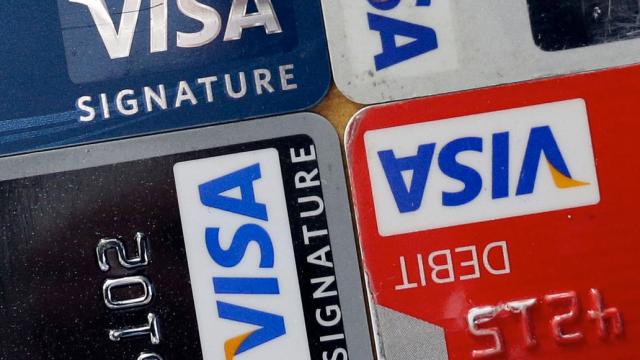In late October of 1971 a group of academics and technologists gathered at a conference at Georgetown. They were given the task of devising the most comprehensive (yet invisible) surveillance program imaginable. What they came up with sounds an awful lot like our current debit card system.
This was the question posed to the researchers in 1971:
Suppose you were an advisor to the head of the KGB, the Soviet Secret Police. Suppose you are given the assignment of designing a system for the surveillance of all citizens and visitors within the boundaries of the USSR. The system is not to be too obtrusive or obvious. What would be your decision?
What amazing, unobtrusive surveillance system did they come up with? It wasn’t a network of intercepting every phone call or placing cameras on every street corner. They imagined an electronic funds transfer system, or EFTS — a system that looks strikingly similar to the debit card system we all use today.
The September 1975 issue of Computers and People magazine gave readers a peek at this system that was to come:
Let’s look at one way it might work. Say you are about to buy a book. You present your card (sometimes called a “debit card”, although National Americard calls theirs an “asset card”) to a clerk who puts it into a terminal which reads it and then calls up your bank. If you have enough money in your account, or if your bank is willing to grant you that much credit, the transaction is okayed; your account is debited; and a credit is dispatched form you bank to the book store’s bank account.
“Not only would it handle all the financial accounting and provide the statistics crucial to a centrally planned economy,” Paul Armer wrote in 1975 recounting the KGB-infused thought experiment. “It was the best surveillance system we could imagine within the constraint that it not be obtrusive.”
Armer was a computer scientist at RAND and an early advocate of digital privacy, long before people had debit cards, let alone access to the internet. Computers in Armer’s era were much larger and their networking tools were much more primitive. But Armer could see what was coming. And he thought that this cashless society actually posed the greatest threat to the privacy of Americans.
Think for a moment about the information that banks collect every time you swipe your card. They know precisely where, when, and how you’re spending your money. After just a few transactions, anyone with access to that information can start to paint a pretty detailed picture of how you live your life. And perhaps most importantly, that picture is being painted without you giving it much thought at all.
More from Armer in 1975, emphasis in the original:
The dimensions of the final form of EFTS which are of importance to its potential surveillance capabilities are such things as the percentage of the transactions recorded; the degree of centralization of the data; and the speed of information flow in the system.
Suppose for a minute all transactions over $US10 must go through the system and that they are immediately debited to your account in your bank’s computer. Thus the system not only collects and files a great deal about your financial transactions — and that means a great dal of data about your life — but the system knows where you are every time you make such a transaction.
Today, we hear an awful lot about the monitoring of our emails and our phone calls. The Snowden leaks have seen to that. But one aspect of surveillance seems to be absent from much of the debate around surveillance: How we buy things.
I don’t expect that debate to shift in any meaningful way within my lifetime. We’ve already bought into the system. It’s just too convenient. But it’s perhaps an important thing to think about every now and again, even if it’s a futile exercise.
Sure, Google knows a lot about us. But the banks are keeping tabs as well. And we can’t say that 1970s futurists didn’t warn us.
Picture: AP
